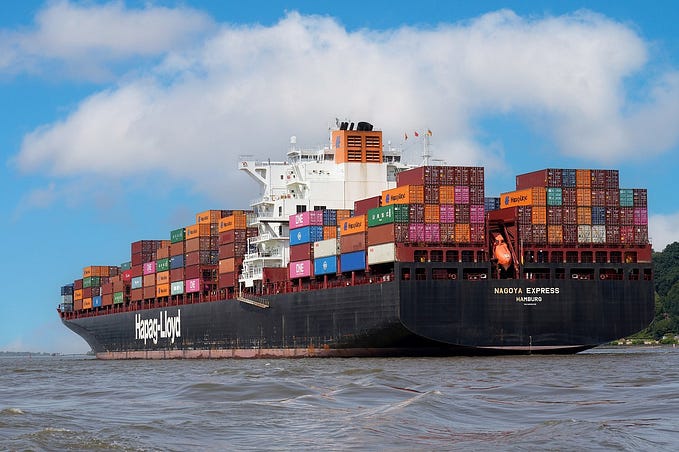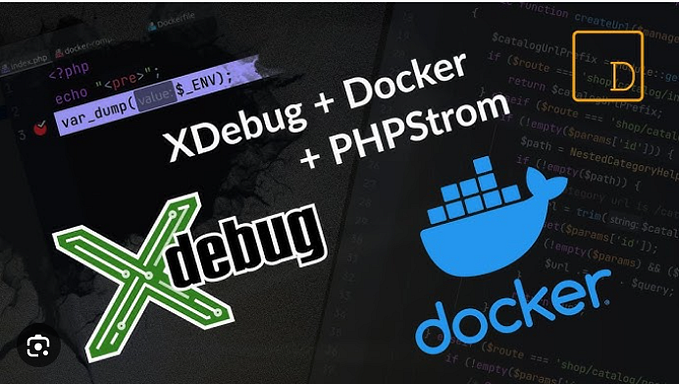PHP 5 End of Life: A Guide to Upgrading to PHP 7 for Improved Performance

PHP 5 has been a popular scripting language for web development for almost two decades. However, as of 2019, PHP 5 has reached its end of life and is no longer receiving security updates, leaving websites running on PHP 5 vulnerable to attacks.
It’s crucial for website owners and developers to upgrade to PHP 7 or 8 to ensure their websites remain secure and performant. In this article, we will discuss the implications of PHP 5 end-of-life and the benefits of upgrading to PHP 7 or 8. We will also provide a step-by-step guide on how to upgrade your website from PHP 5 to the latest version.
Why Do Companies Use PHP to Build Websites?
PHP is a programming language that has been around since 1994 and is widely used for web development. While it may not be as trendy as some of the newer languages, PHP remains a popular choice for companies and developers alike: MailChimp, Slack, Wikipedia, Facebook, and others.
There is a vast amount of PHP legacy code out there, which means that many companies have already invested significant resources into developing applications and websites using PHP. It can be difficult and costly to migrate away from a technology that is deeply integrated in a company’s infrastructure.
Another reason for the continued use of PHP is its ease of use. PHP is a server-side language, which means that it can be used to create dynamic websites that can interact with databases and other backend systems.
PHP is also an open-source language, which means that it is freely available and can be modified to suit a company’s specific needs.
PHP 5 End of Life Reveals Vulnerabilities
However, as with all software, some PHP versions are in critical need of upgrade. In January 2019, PHP 5 reached its end of life (EOL), meaning that it will no longer receive official security updates or bug fixes. While PHP is used by 77.4% of all the websites, version 5 is used by 16.9% of all the websites [W3Techs.com]. What is hidden in legacy PHP 5?
Security issues
Without security updates, PHP 5 is already vulnerable to new threats, and any security flaws that are discovered will not be patched. This means that any applications running on PHP 5 could be at risk of cyberattacks, and the longer an application continues to run on an EOL version of PHP, the greater the risk becomes.
Every month and year, the list of vulnerabilities and downtimes is growing. But are you ready to bear this risk?
Compliance issues
Companies that have applications running on PHP 5 may face compliance issues if they are operating in regulated industries like finance or healthcare. For example, PCI-DSS (Payment Card Industry Data Security Standard) compliance requires that all software used in payment processing systems is up-to-date and receives security updates.
Legacy libraries
Like PHP 5 itself, many of its third-party libraries are also outdated, and if these libraries also have vulnerabilities, they can pose a security risk.
Why Upgrade PHP 5 to 7 or Higher?
Is it worth to upgrade from PHP 5 to 7? PHP upgrade 5 to 7 or higher offers several benefits, including:
Improved Performance
PHP 7 is significantly faster than PHP 5, with up to 2–3 times faster execution speed. This is achieved through new features like Zend Engine 3.0 and other performance optimizations, resulting in better response times and faster page load speeds.
Enhanced Security
PHP 7 and higher versions come with improved security features, including better encryption, improved password hashing, and support for more secure cryptographic algorithms. These security enhancements help to reduce the risk of security breaches and data theft.
Better Memory Management
PHP 7 and higher versions introduce better memory management, which results in more efficient use of server resources. This translates to lower hosting costs and improved server performance.
Compatibility with the Latest Applications and Tools
As more and more applications are built using PHP 7, developers who stick to PHP 5 will increasingly find that they cannot use the latest applications or frameworks. Upgrading to PHP 7 or higher ensures that developers can use the latest tools and applications like the latest releases of WordPress, Joomla, and Drupal.
Long-term Support
PHP 5 has already reached its EOL and is no longer receiving official support or security updates. Upgrading to PHP 7 or higher ensures that developers can take advantage of ongoing support and updates from the PHP community, reducing the risk of vulnerabilities.
How to Upgrade from PHP 5 to PHP 7?
Upgrading an existing PHP 5 codebase to PHP 7 or higher requires a few steps to ensure a smooth transition. Here is a general guide on how to upgrade from PHP 5 to PHP 7 or higher:
1. Check the Compatibility
Before upgrading, it is essential to verify that your existing codebase is compatible with PHP 7. The easiest way to do this is to use a PHP 7 compatibility checker tool that scans your codebase for any issues that may arise during the upgrade process.
Alternatively, you may need a website audit and assessment to determine deprecated PHP 5 code or functionality.
2. Prepare a Checklist for Backward Incompatible Items
Considering a list of backward incompatible changes between PHP 5.6 and PHP 7.0, the audit allows to set up the effective migration path and not miss anything.
Read the full article on ModLogix.
Originally published at https://modlogix.com on April 8, 2023.









